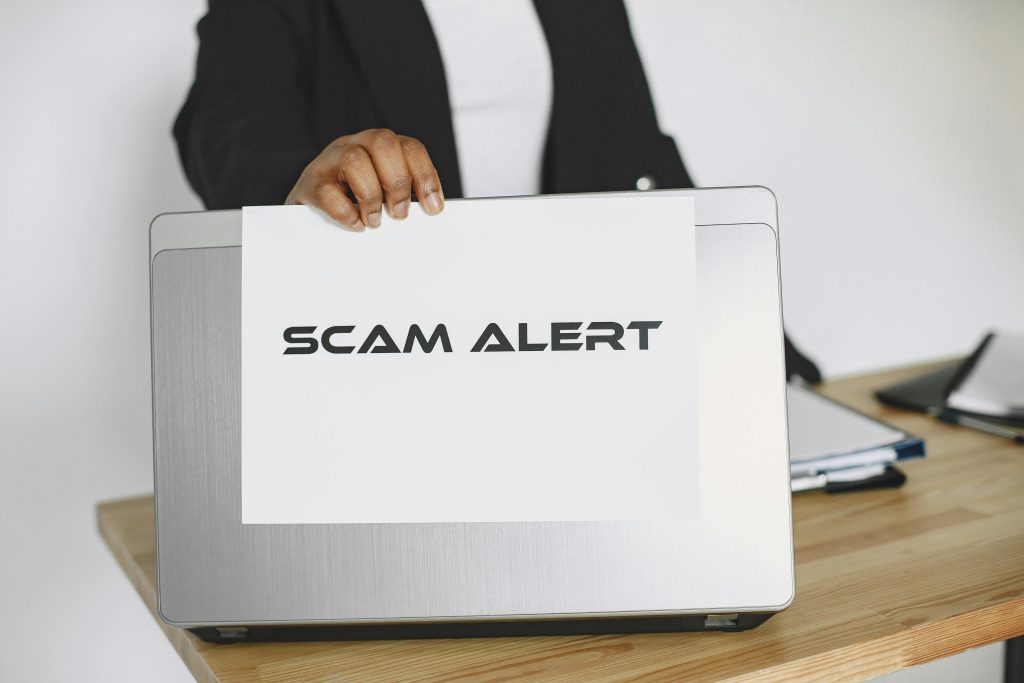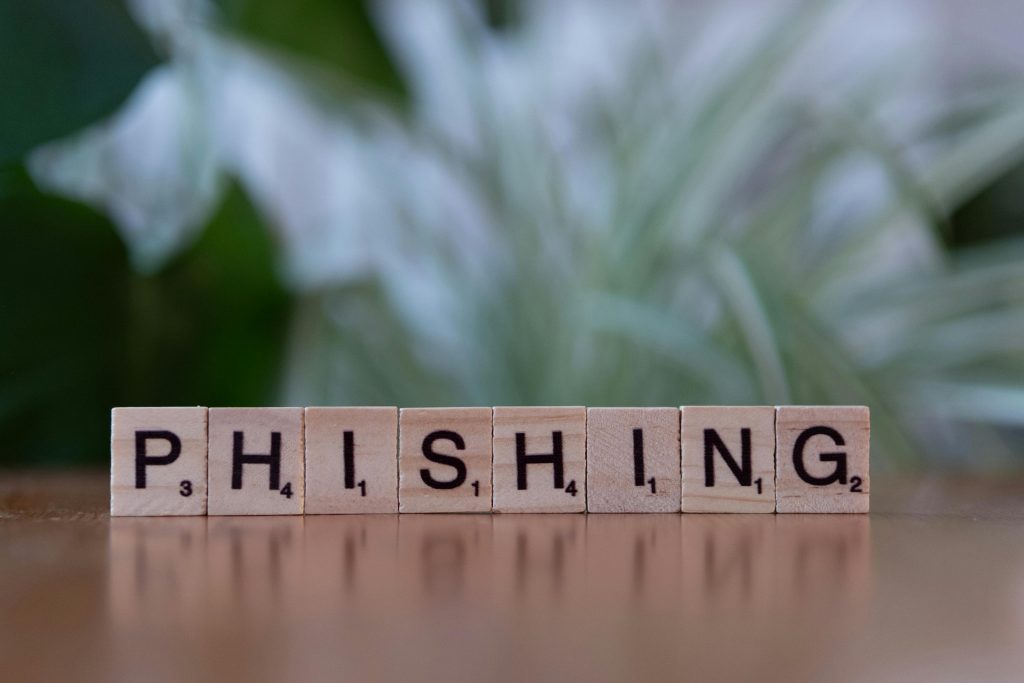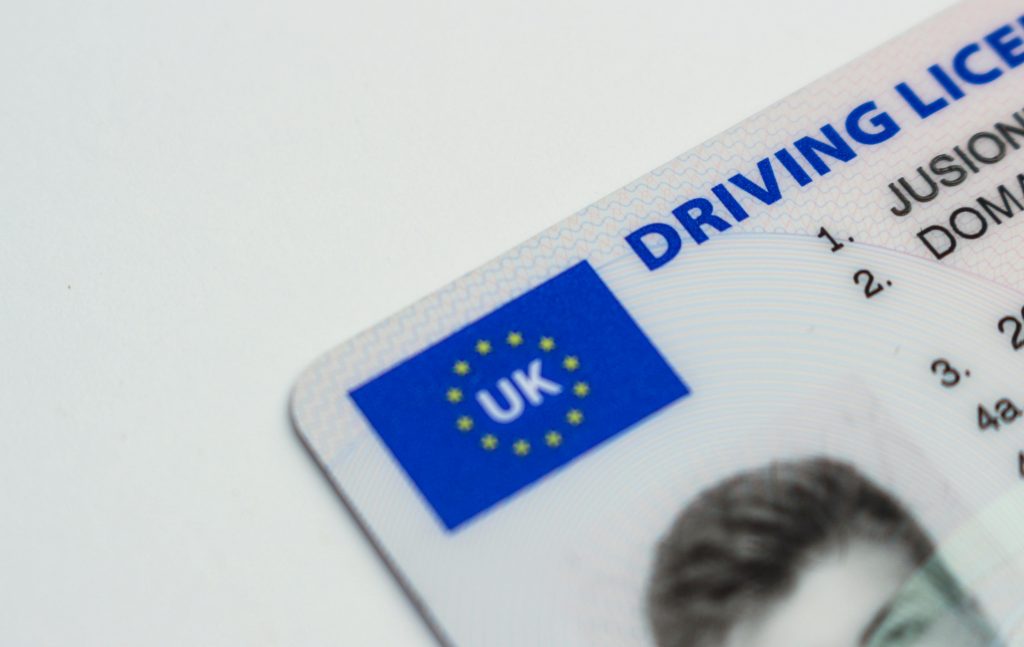Leaving your current job is a significant career step, and doing so professionally is essential for maintaining your reputation and relationships. One of the most important aspects of resigning is submitting a resignation letter, which acts as a formal notification of your departure.
In this blog, we’ll guide you through what a good resignation letter example looks like and highlight the key elements to include to ensure your letter is professional, clear, and respectful.
What a Good Resignation Letter Example Looks Like
Structure of a Professional Resignation Letter
A good resignation letter should be brief, respectful, and clear. It should contain all the necessary information without being overly detailed. Here’s a simple structure to follow:
- Introduction: Clearly state your intention to resign.
- Body: Mention your last working day, express gratitude to the employer for the opportunity, and offer to assist with the transition.
- Closing: Finish with a positive closing, offering thanks and best wishes for the future.
Keeping this simple structure in mind ensures your letter stays focused and maintains a professional tone.
Example of a Good Resignation Letter
Dear [Manager’s Name],
I am writing this formal letter to announce my resignation from my current position as [Your Current Job Title] at [Company Name], effective two weeks from today, [Last Working Day]. I’ve enjoyed working here and appreciate the opportunities I’ve had to grow and contribute to the team.
I will do everything I can that is in my power to ensure a smooth transition in the coming next two weeks. Please let me know how I can assist in the process.
Thank you again for your guidance and support during my time at the company.
Sincerely,
[Your Name]
Key Elements to Include in Your Resignation Letter Example in 2025
Clear Statement of Resignation
Your resignation letter should open with a straightforward statement announcing your intention to resign. Include your job title and the effective date of your departure to avoid any confusion.
Example: “I am writing to resign from my position as [Job Title], with my last working day being [Date].”
This clarity ensures that your employer has a definitive timeline for your exit.
Gratitude for the Opportunity
Regardless of your reasons for leaving the current job, expressing gratitude for the opportunity to work at the company leaves a positive impression. It shows maturity and professionalism.
Example: “I am grateful for the opportunity to work with such a talented team and for the skills I’ve developed during my time at [Company Name].”
Acknowledging your positive experiences can help maintain strong professional relationships moving forward.
Offer to Assist with the Transition
Offering help with the transition shows your commitment to the company’s success even as you prepare to leave. It reflects well on your work ethic and character.
Example: “I am happy to assist with the smooth transition process to ensure a quick handover of my work and other responsibilities.”
Even if your assistance is minimal, the offer itself is appreciated by employers.
Polite and Professional Closing
End your letter with a short but polite and positive closing. Wish continued success to the company you are about to leave and express your thanks once more.
Example: “Thank you again for the opportunities provided. I wish you and the company all the best for the future.
Sincerely, [Your Name]”
Frequently Asked Questions
What should a good resignation letter example include?
A good resignation letter should include a clear statement of resignation, your last working day, an expression of gratitude, an offer to help with the transition, and a polite closing.
How do I write a professional resignation letter in 2025?
Keep your letter brief and respectful. State your intent to resign, mention your last working day, express thanks for the opportunity, and offer to assist with the transition process.
Can I resign without providing a resignation letter?
While it’s not legally required, submitting a formal resignation letter is professional and respectful. It ensures clarity and helps maintain a positive relationship with your employer.
How do I personalize my resignation letter example?
Personalize the letter by including details specific to your role and experiences, such as mentioning a project you enjoyed or appreciating a mentor. Tailor the tone based on your relationship with your employer.
Should I give a reason for leaving in my resignation letter?
You’re not required to provide a reason for leaving, but if you choose to do so, make sure it’s brief and positive. The focus should be on gratitude and ensuring a smooth transition.
Final Thoughts
A professional resignation letter is your opportunity to leave on good terms and maintain your professional reputation. By following a clear structure, keeping your tone respectful, and offering support during your transition, you can ensure that your resignation is handled quickly and smoothly.
Use the example and key elements provided above to craft a letter that showcases your professionalism and gratitude. A thoughtful resignation letter speaks volumes about your character and sets the stage for positive professional relationships in the future.










